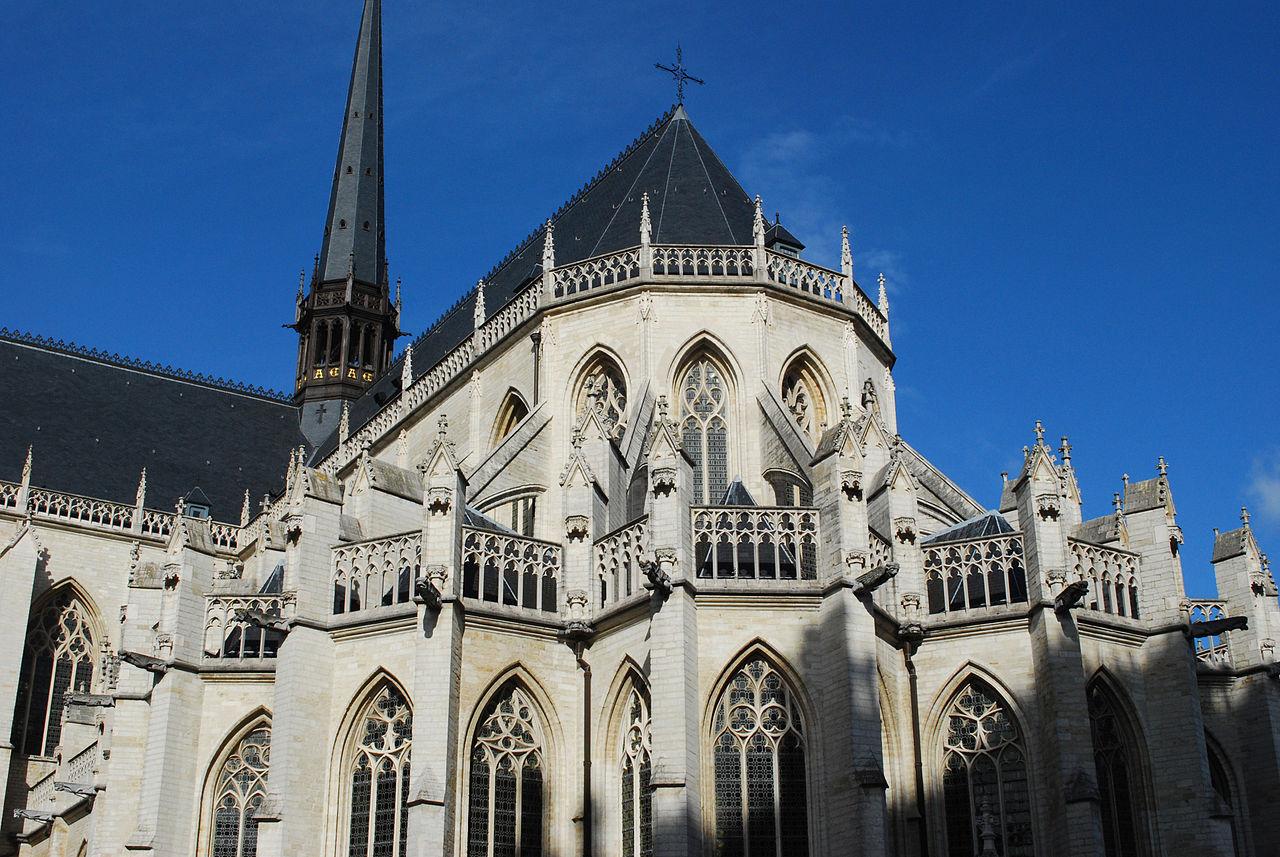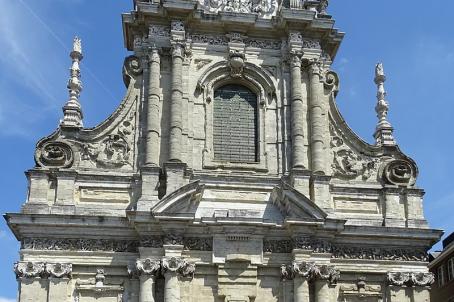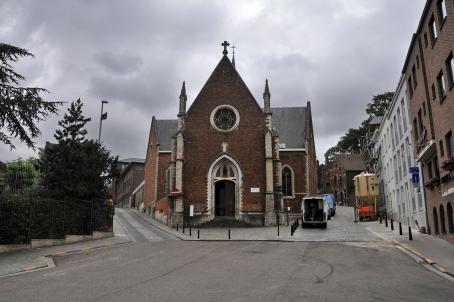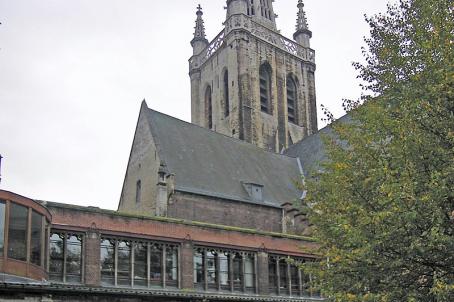St Peter's Church
In the center of Louvain, you can find the Sint-Pieterskerk (Saint Peter’s Church). It is the oldest church in the city and was built in 986. In 1176, the church caught fire for the first time. During the 15th century, the demolition of the pervious Romanesque church started and the construction of the current Gothic building began. It took more than a century before everything was completed and only the crypt has remained as an original part of the first church. In the 16th century, three unfinished towers collapsed due to unstable ground. The original plans for the building were changed and the towers remained unfinished. In 1750 an earthquake caused problems, but the most damage ever was done during the two world wars: the roof and a large part of the interior burned down in 1914 and the building was bombed in 1944. A number of thorough restorations has been conducted during the past few centuries.






